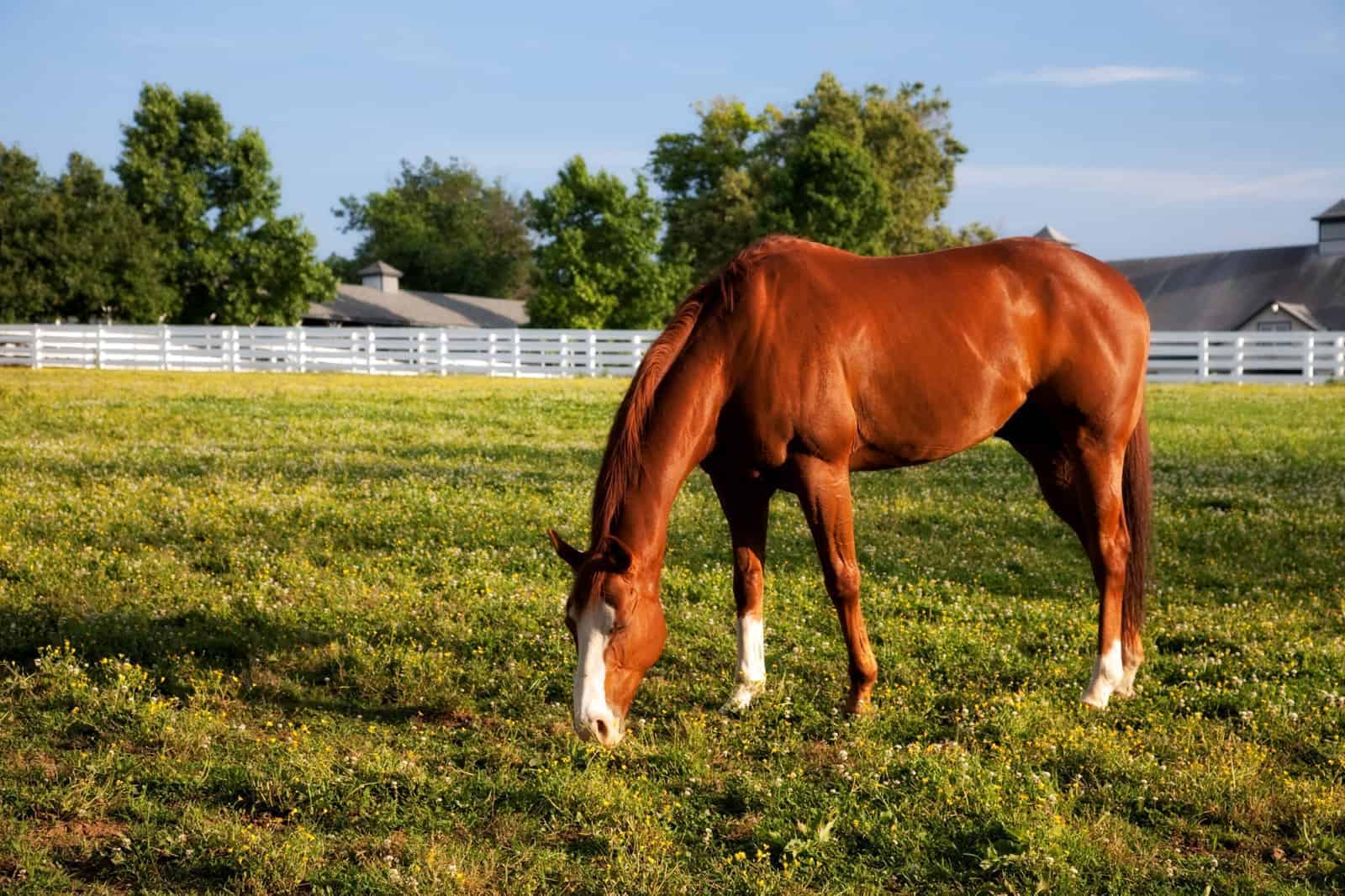Equine Microbiome Update: Study Reviews Research

As researchers move toward a better understanding of the equine gut microbiome, one scientist has sought to unite the more than 150 studies exploring this somewhat obscure part of the horse’s body. The objective of such a globally encompassing review was to “assimilate our current knowledge on equine microbiome studies,” and in particular to focus on the various effects of factors that could influence gastrointestinal microbiota in horses, said veterinarian and nutritionist Anna Garber, PhD, of the School of Veterinary Medicine at the University of Glasgow, in the U.K.
Understanding Good and Bad Gut Bacteria
Understanding the gut microbiome and how different factors positively or negatively affect it would be easier if we understood what truly constitutes “good” and “bad” bacteria. But it’s not that cut and dry, said Garber. Much depends on delicate balances as well as on context, making the evaluation of factors particularly challenging.
“It’s difficult to divide what is good and what is bad,” Garber said. “It’s not always clear what can be considered negative changes in the gut microbiome of the horse
Create a free account with TheHorse.com to view this content.
TheHorse.com is home to thousands of free articles about horse health care. In order to access some of our exclusive free content, you must be signed into TheHorse.com.
Start your free account today!
Already have an account?
and continue reading.

Written by:
Christa Lesté-Lasserre, MA
Related Articles
Stay on top of the most recent Horse Health news with















